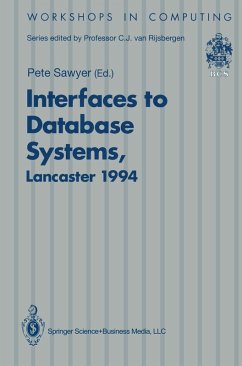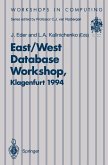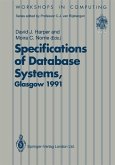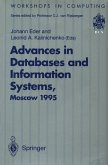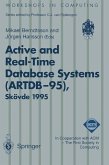A brief survey of the major DBMS and HeI conference proceedings over the past 10 years will reveal isolated pockets of research in database user interfaces but little sense of being swept along with the general advances in DBMS technology and Hel. New data models have evolved to meet the needs of different application domains; persistent programming languages are blurring the traditional distinction between data definition and application programming languages; distribution and inter-operability have become issues as have the storage of heterogeneous media types; yet it is still rare to read of the HeI issues raised by these technological innovations being expressly addressed and rarer still to find recognition of the usability problems with longer-established database technologies. There are at least two reasons why this should be surprising: . Database systems are not like other computer systems; existing both as back-ends to other applications and as stand-alone data stores, they are typically slow, deal with very large volumes of data and can involve all sorts of security, confidentiality and even cooperability issues. . Databases are everywhere. Perhaps only word processors and spread sheets are more widespread. In addition, as business cultures change and personal computing continues to mould expectations, end-users find themselves interacting increasingly closely with database systems.
Dieser Download kann aus rechtlichen Gründen nur mit Rechnungsadresse in A, B, BG, CY, CZ, D, DK, EW, E, FIN, F, GR, HR, H, IRL, I, LT, L, LR, M, NL, PL, P, R, S, SLO, SK ausgeliefert werden.

